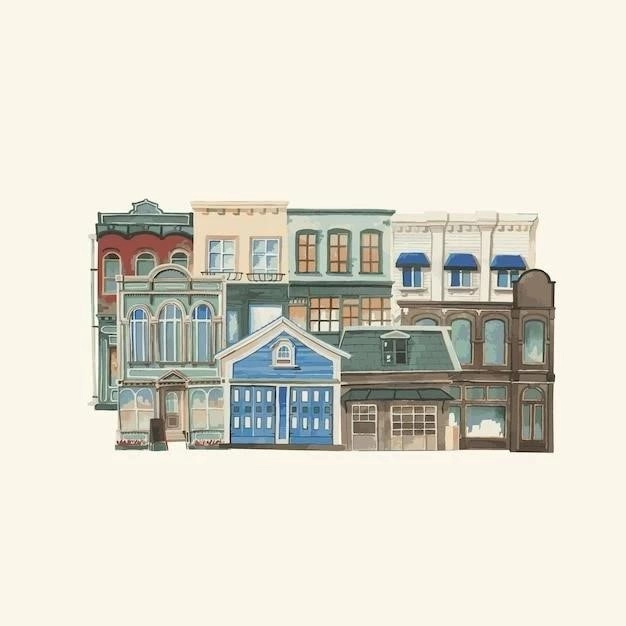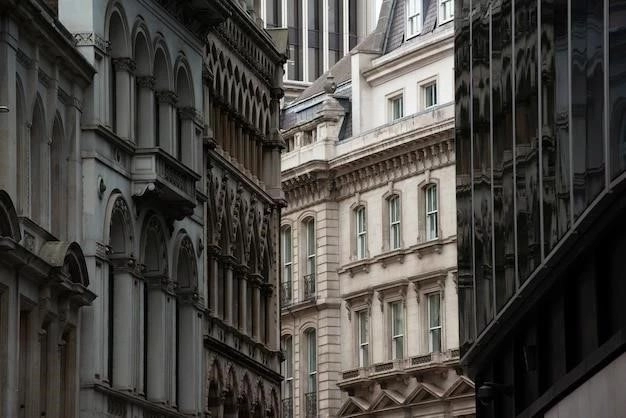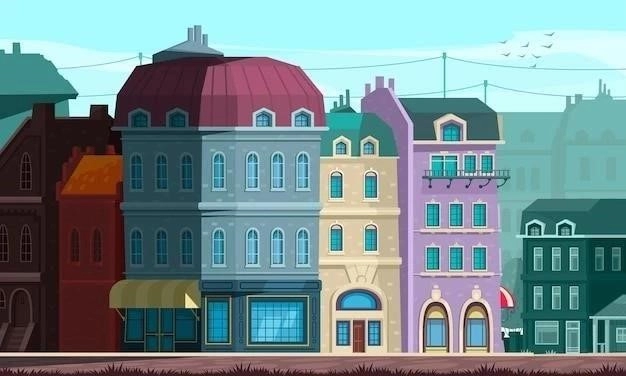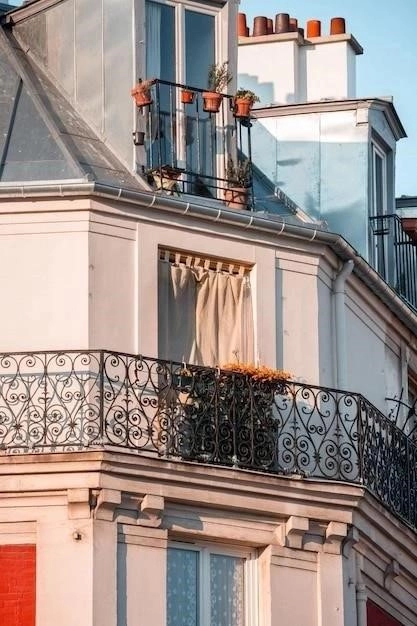Nestled along a graceful bend of the Mississippi River, the French Quarter, or Vieux Carré (Old Square), stands as a vibrant testament to New Orleans rich and colorful past. Founded in 1718 by Jean-Baptiste Le Moyne de Bienville, this historic neighborhood pulsates with a unique energy, a blend of old-world charm and modern vibrancy. Its wrought-iron balconies, adorned with cascading flowers, overlook cobblestone streets echoing with the melodies of jazz musicians. Its a sensory feast, where the aroma of chicory coffee mingles with the sweet scent of beignets, inviting visitors to savor its unique character.

A Tapestry of Architectural Influences
While the name evokes images of French elegance, the French Quarters architecture is a fascinating fusion of styles, reflecting the citys diverse heritage. While French influences are undeniable, the Spanish colonial period (1763-1803) left an indelible mark. Fires in the late 18th century destroyed many of the original French structures, paving the way for the Spanish to rebuild, employing their distinct architectural preferences. Today, visitors encounter elegant courtyards, reminiscent of Andalusian designs, and intricate ironwork, a legacy of Spanish craftsmanship.
Beyond the Balconies: Delving into History
The French Quarter isnt just a feast for the eyes; its a living museum. Each building, each street corner, whispers tales of bygone eras. Jackson Square, the heart of the Quarter, witnessed the Louisiana Purchase in 1803, marking a turning point in American history. The Cabildo, once the seat of Spanish colonial government, now houses a museum showcasing Louisianas fascinating past.
But history here isnt confined to museums. Legends and folklore seep from the very pores of the Quarter. Tales of pirates, like the infamous Jean Lafitte, who used the citys labyrinthine waterways to his advantage, still captivate the imagination. The spirit of Voodoo, brought to Louisiana by enslaved Africans, adds an air of mystery and intrigue, particularly associated with the legendary Marie Laveau, the “Voodoo Queen” of New Orleans.
A Cultural Cornucopia: Music, Cuisine, and Celebration
The French Quarter is synonymous with celebration, a place where life is lived with gusto. Jazz, a music born in the soul of New Orleans, spills out from clubs along Bourbon Street, filling the air with its infectious rhythms. From traditional brass bands to modern interpretations, the music is a constant reminder of the citys vibrant cultural heritage.
No exploration of the French Quarter is complete without indulging in its culinary delights. The aroma of Cajun and Creole spices wafts from restaurants, tempting visitors with dishes like gumbo, jambalaya, and étouffée. Beignets, those irresistible squares of fried dough dusted with powdered sugar, are a must-try, best enjoyed with a cup of chicory coffee.
The French Quarter is a place of constant motion, a whirlwind of activity that reaches its peak during Mardi Gras. This iconic celebration, with its parades, costumes, and joyous abandon, transforms the Quarter into a sea of color and revelry.
Preserving the Past, Embracing the Future
The French Quarter faces the challenge of preserving its unique character while adapting to the demands of the 21st century. Organizations like the Vieux Carré Commission work diligently to maintain the architectural integrity of the neighborhood, ensuring that its historic buildings continue to enchant generations to come.
A visit to the French Quarter is a journey through time, a sensory immersion into a world unlike any other. Its a place where history, culture, and joie de vivre intertwine, creating an experience that lingers long after the last beignet crumb is gone.

Exploring the Quarter: A Sensory Adventure
To truly experience the French Quarter, one must surrender to its rhythm, wander its streets, and embrace the unexpected. Heres a glimpse of what awaits:
Must-See Sights:
- Jackson Square: The heart of the Quarter, where artists display their work, musicians entertain, and history comes alive.
- St. Louis Cathedral: A majestic landmark overlooking Jackson Square, the oldest continuously active cathedral in the United States.
- The Cabildo and The Presbytère: Former seats of Spanish colonial government, now housing museums showcasing Louisianas history and culture.
- Royal Street: Renowned for its antique shops, art galleries, and charming courtyards.
- Bourbon Street: Famous for its lively nightlife, jazz clubs, and bars.
Experiences to Savor:
- Take a mule-drawn carriage ride through the French Quarter, listening to the clip-clop of hooves against cobblestones.
- Enjoy a jazz brunch at one of the many renowned restaurants, indulging in local delicacies while listening to live music.
- Visit the New Orleans Historic Voodoo Museum to learn about the history and traditions of this fascinating and often misunderstood religion.
- Explore the French Market, a historic marketplace offering local crafts, souvenirs, and culinary treats.
- Take a stroll along the Moonwalk, a scenic riverfront promenade offering stunning views of the Mississippi River.
The French Quarter is a sensory feast, a place where history whispers from every balcony and jazz music fills the air. Its a destination that beckons travelers to slow down, savor the moment, and embrace the spirit of New Orleans.
Delving Deeper: Beyond the French Quarter Facade
While the French Quarter captivates with its vibrant energy and historic allure, a deeper dive reveals a neighborhood grappling with the complexities of preservation, modernization, and socio-economic realities.
Navigating the Tensions of Tourism
Tourism, while a lifeblood of the French Quarters economy, presents a double-edged sword. The influx of visitors, while contributing significantly to local businesses and cultural preservation efforts, also puts a strain on the neighborhoods infrastructure and can lead to the displacement of long-time residents.
Balancing the needs of visitors with the preservation of the Quarters unique character requires careful planning and community engagement. Initiatives focused on sustainable tourism, such as promoting off-season travel and encouraging patronage of locally-owned businesses, are crucial to ensuring the long-term well-being of the neighborhood.
Preserving Architectural Integrity
The architectural fabric of the French Quarter, a delicate tapestry woven over centuries, faces constant threats from environmental factors, development pressures, and the wear and tear of time.
The Vieux Carré Commission, established in 1937, plays a pivotal role in safeguarding the Quarters architectural legacy. This organization, through meticulous review processes and strict guidelines, ensures that any new construction or renovations adhere to the historic aesthetic and structural integrity of the neighborhood.
Addressing Socio-Economic Disparities
Behind the French Quarters festive facade lies a complex social landscape. The neighborhood grapples with issues of income inequality, affordable housing shortages, and the displacement of long-time residents.
Efforts to address these challenges include promoting affordable housing initiatives, supporting local businesses owned by long-time residents, and fostering community development programs that prioritize the needs of the neighborhoods diverse population.
The French Quarter: A Legacy in Progress
The French Quarter, far from being a static relic of the past, is a dynamic neighborhood in constant flux. Its future hinges on a delicate balancing act – preserving its unique cultural and architectural heritage while adapting to the challenges of a modern urban environment.
By fostering dialogue between residents, businesses, and city officials, and by prioritizing sustainable tourism practices and community-driven initiatives, the French Quarter can continue to enchant and inspire generations to come, ensuring its legacy as a vibrant cultural treasure.

The Enduring Allure of Authenticity
The French Quarters resilience lies in its ability to evolve while retaining the essence of its heritage. This authenticity is not a static display but a living, breathing entity woven into the fabric of daily life. Its in the impromptu jazz performances that erupt on street corners, the scent of Cajun spices wafting from family-run kitchens, and the stories whispered through generations, echoing within the courtyards of centuries-old buildings.
Navigating the Challenges of Preservation
Preserving this fragile ecosystem requires a multi-pronged approach. The Vieux Carré Commission, a staunch advocate for the neighborhoods architectural integrity, faces the ongoing challenge of balancing development with preservation. Their meticulous review processes and stringent guidelines ensure that any new construction or renovations respect the historical context and aesthetic integrity of the French Quarter.
Yet, preservation extends beyond bricks and mortar. It encompasses the safeguarding of intangible cultural heritage – the music, the cuisine, the traditions – that imbue the French Quarter with its unique character. Supporting local musicians, chefs, and artisans is paramount in ensuring that these traditions continue to thrive and evolve organically.

Fostering Sustainable Tourism Practices
Tourism, while an economic engine for the French Quarter, necessitates a delicate balancing act. Managing the influx of visitors while mitigating potential negative impacts on the neighborhood’s social and physical fabric is crucial. Promoting responsible tourism practices, such as encouraging off-season travel, dispersing visitors to lesser-known areas, and fostering engagement with local businesses, can help alleviate pressure on the neighborhoods infrastructure and cultural resources.
Furthermore, educating visitors about the French Quarters rich history and cultural nuances fosters a deeper appreciation and respect for the neighborhood’s unique character. Encouraging respectful engagement with local residents and traditions enhances the visitor experience while contributing to a more sustainable and mutually beneficial relationship between tourism and the community.
The French Quarter: A Shared Responsibility
The future of the French Quarter rests not solely on the shoulders of preservationists and city officials but on a collective commitment from residents, businesses, and visitors alike. By embracing a shared responsibility for the neighborhoods well-being, fostering dialogue, and implementing sustainable practices, the French Quarter can continue to enchant and inspire for generations to come. It is a testament to the enduring power of place, a vibrant tapestry woven from history, culture, and the indomitable spirit of New Orleans.










